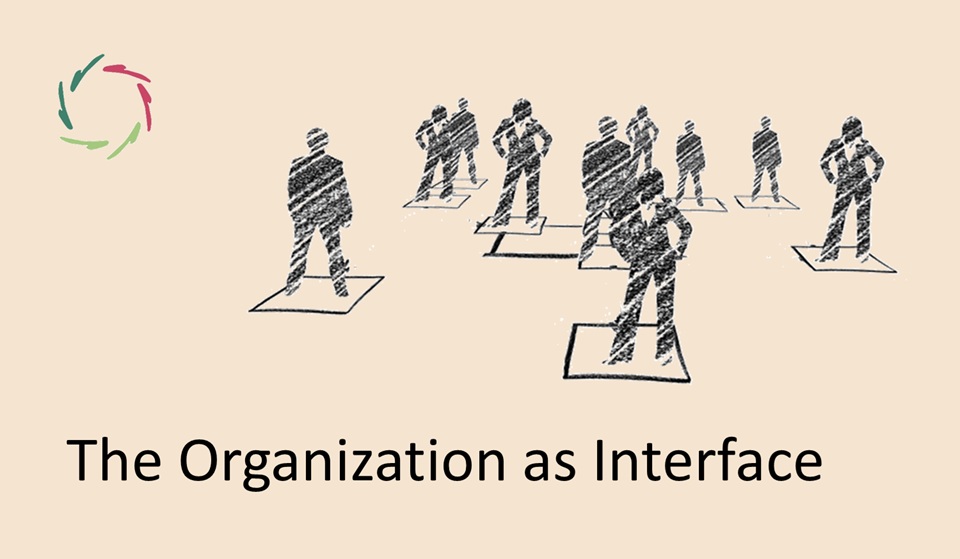Work-Life (in the) Balance

Work-life balance may not be the best start if it brings more emphasis on a divide between both.
For ages and until relatively recently
people had only a ‘life’. ‘Work’ was what you had to do to stay alive within that life. At times, one had to work really hard… still it wasn’t ‘work’ as apart from ‘life’.
There was no ‘balance’.
We’re still talking pre-agriculturally, people hunting and gathering. Yes, there was a ‘time to hunt’ but this was part of life. Babies had to be breast-fed. Elderly people had to be taken care for…
Then came living-together in bigger groups
and the start of ‘rationalization’, people getting specific jobs. Specialization brought efficiency and… fast forward… work-life balance.
Connotations:
- Life is good (fun, free, fulfilling…) but costs money.
- Work is bad (dreary, coerced…) but brings money.
Things you have to keep in balance or you end up with either too little fun or too little money.
And you need the money to get the fun. So.
This way, a balance is always a two-sided compromise [see: ‘Compromis-cuity’]. Otherwise said: it sucks both ways.
Connotations come quickly, even nonconsciously. Therefore, it’s good to take a few moments to reflect now and then, such as about:
Should there actually be a ‘balance’?
Sure there are things in your work that you like and sure there are things in your non-working life that you don’t like. So, instead of making the distinct divide in your mind (the ‘balance’) you can try to see them more as an inseparable whole.
I see it as an essential part of the job of an Open Leader to guide people in this process.
You may still need to go to work so many hours a week. What I mean is: try to see your work as much as possible as ‘life’. Try to enjoy little things. Then: as many as possible little things. Or maybe even bigger things.
How-to, for instance
Look not at work as a necessary chain of actions but as a way – a kind of pretended play even – that we perform to be able to care for people – while ‘working’, I mean – including yourself.
In this, grow and let grow. You may search within your job for the growth-oriented elements and enjoy them as you can. Growth is intrinsic to life. Search growth and you find life. The same as with caring.
Don’t ever let your ‘work’ stand in the way of ‘life’ just like that…
during working hours nor outside of working hours.
It’s not worth it. Additionally it’s not even efficient. It’s a clear part of the road towards burnout. [see: ‘Burnout is a Long and Winding Road’]
A ‘work’ without ‘life’ is a fire without fuel.
Sooner or later, the fire diminishes… then extinguishes. Logical, isn’t it?
So, if you even feel that your work becomes lifeless, then try to bring back some life into it. Not apart from it but right into it. Not a balance, but an integration, a synthesis. That is: without any of both standing in the way of the other.
And yes, with enough (this is: huge) caution, you might also see this as:
You can draw some ‘work’ into your ‘life’.
Ha, I can see many readers’ hairs stand on end. Is this not just what we want to avoid? Is it not dangerous? Indeed it is. Therefore you should only do so if you really see the synthesis, if you really feel that it energizes you.
In the future, when A.I. will be taking our ‘work’
people (even you?) will have no choice but to look differently at ‘life’ and ‘work’… It’s the ‘scary future’? Well, the present is the future of the past in which we also saw the most radical changes in ‘work’ versus ‘life’.
In an envisioned A.I.-future, there will be no necessary ‘work’. Still, people may find ‘work’ inside ‘life’. This may look like: doing something for another not out of necessity but out of sheer joy.
Right.
And cannot we, at least partly, already make this into an ideal way of working?
Can we not strive towards letting work evolve towards this ideal… here and now?
Can we not… forget the ‘balance’?
Only life is worth living.


